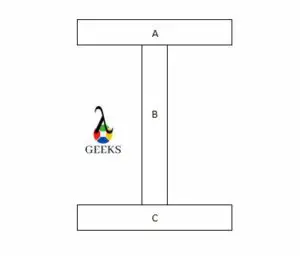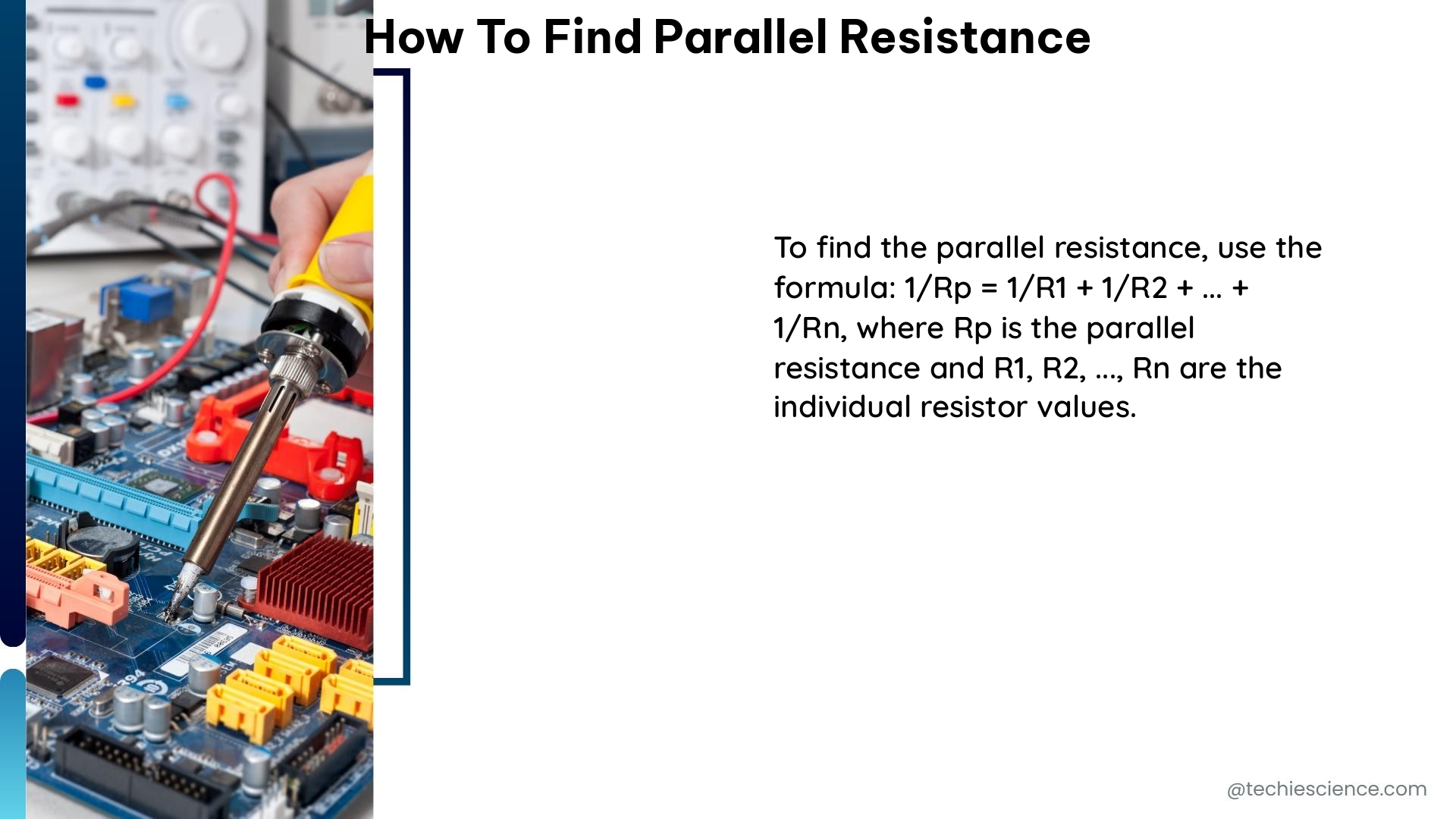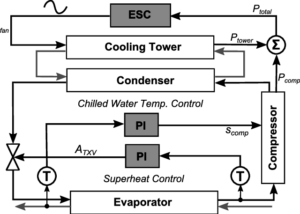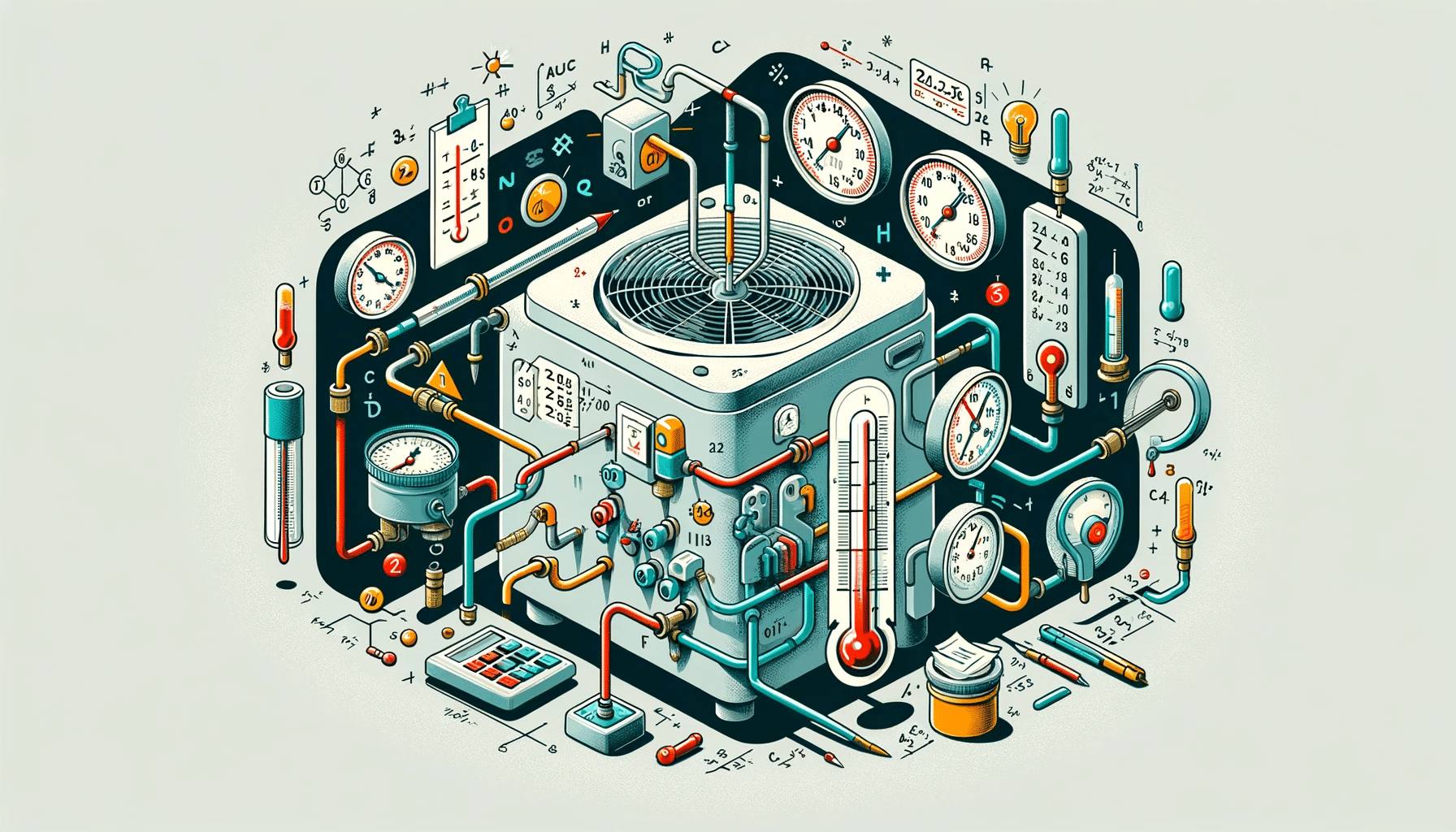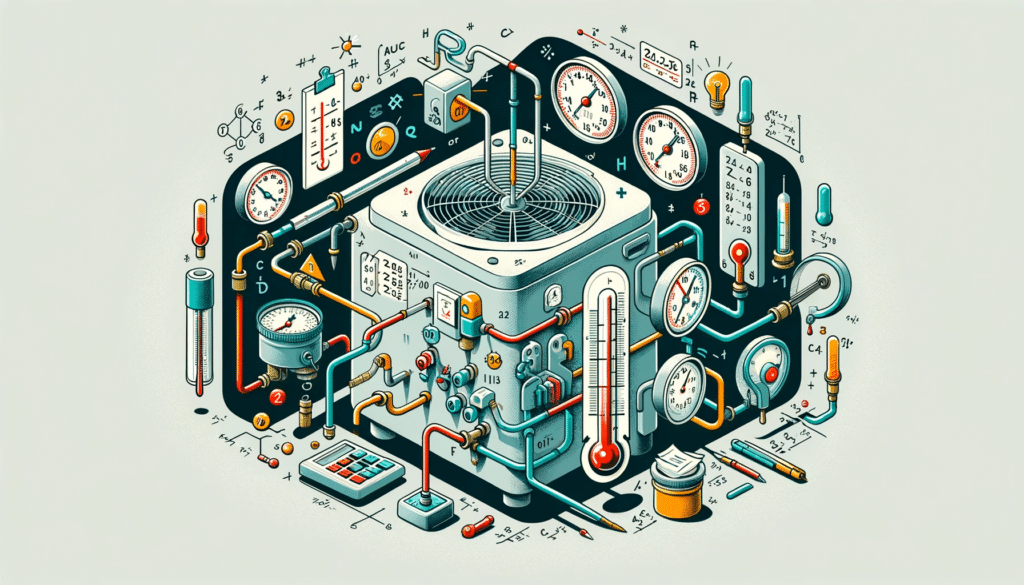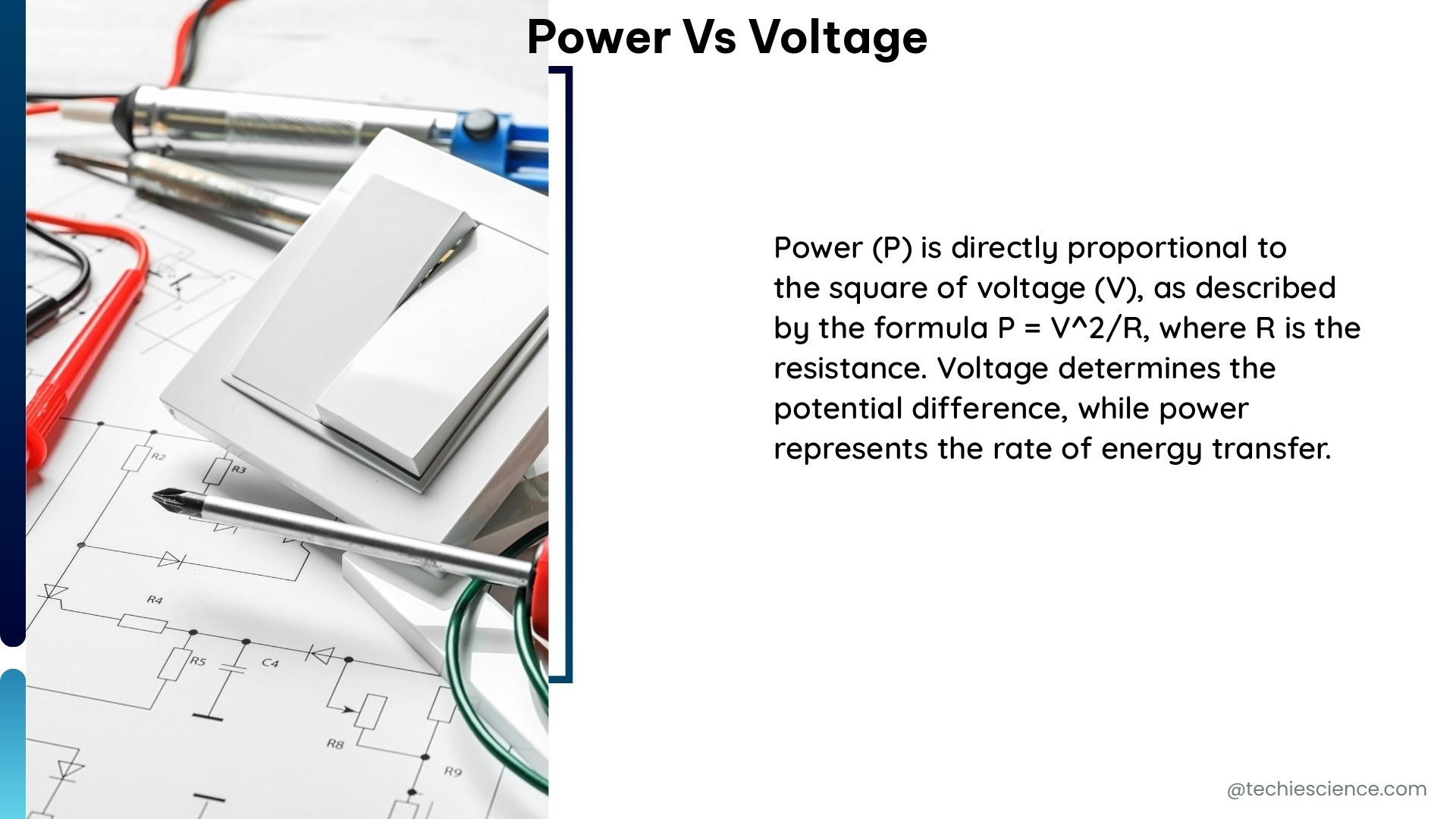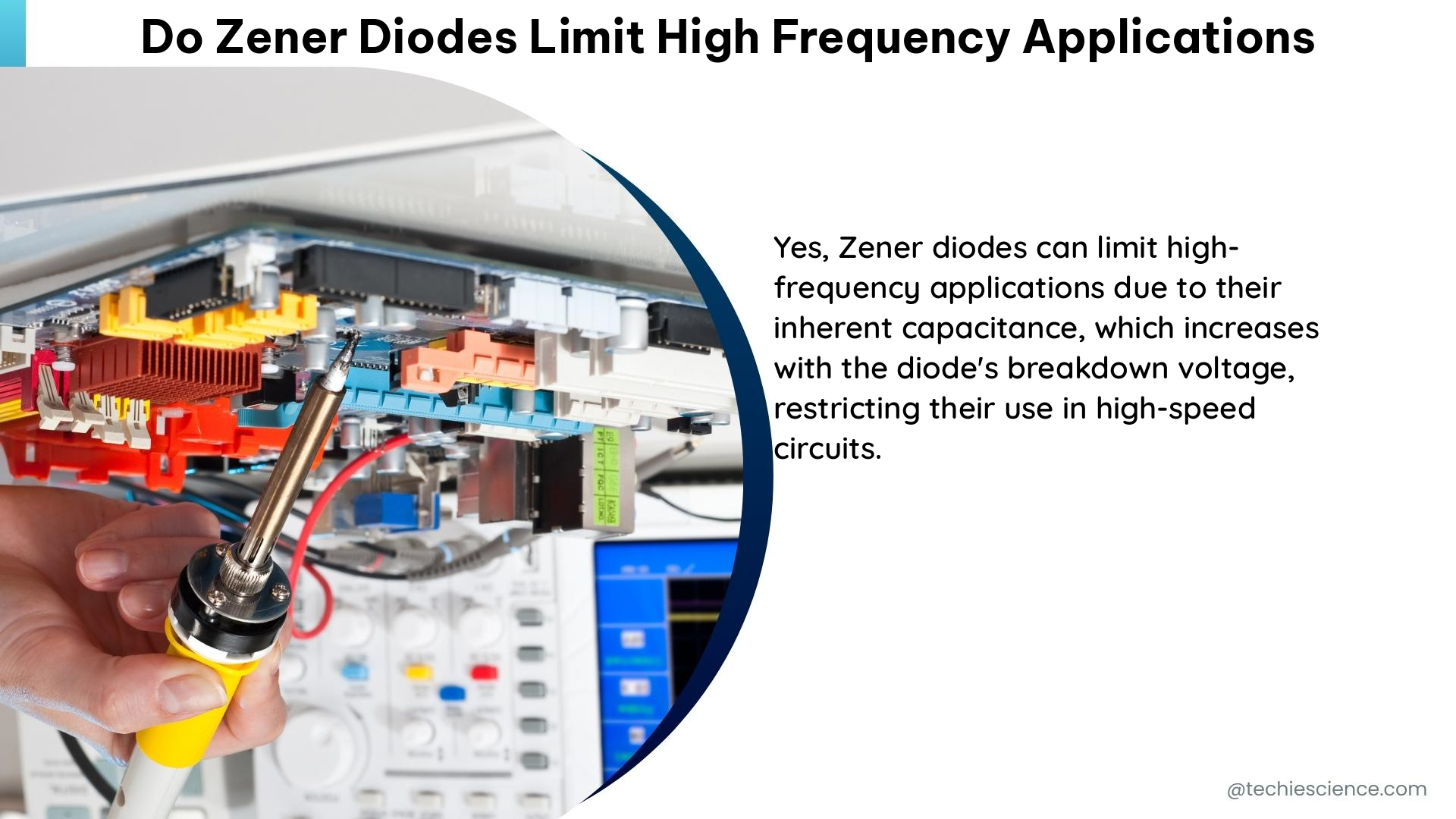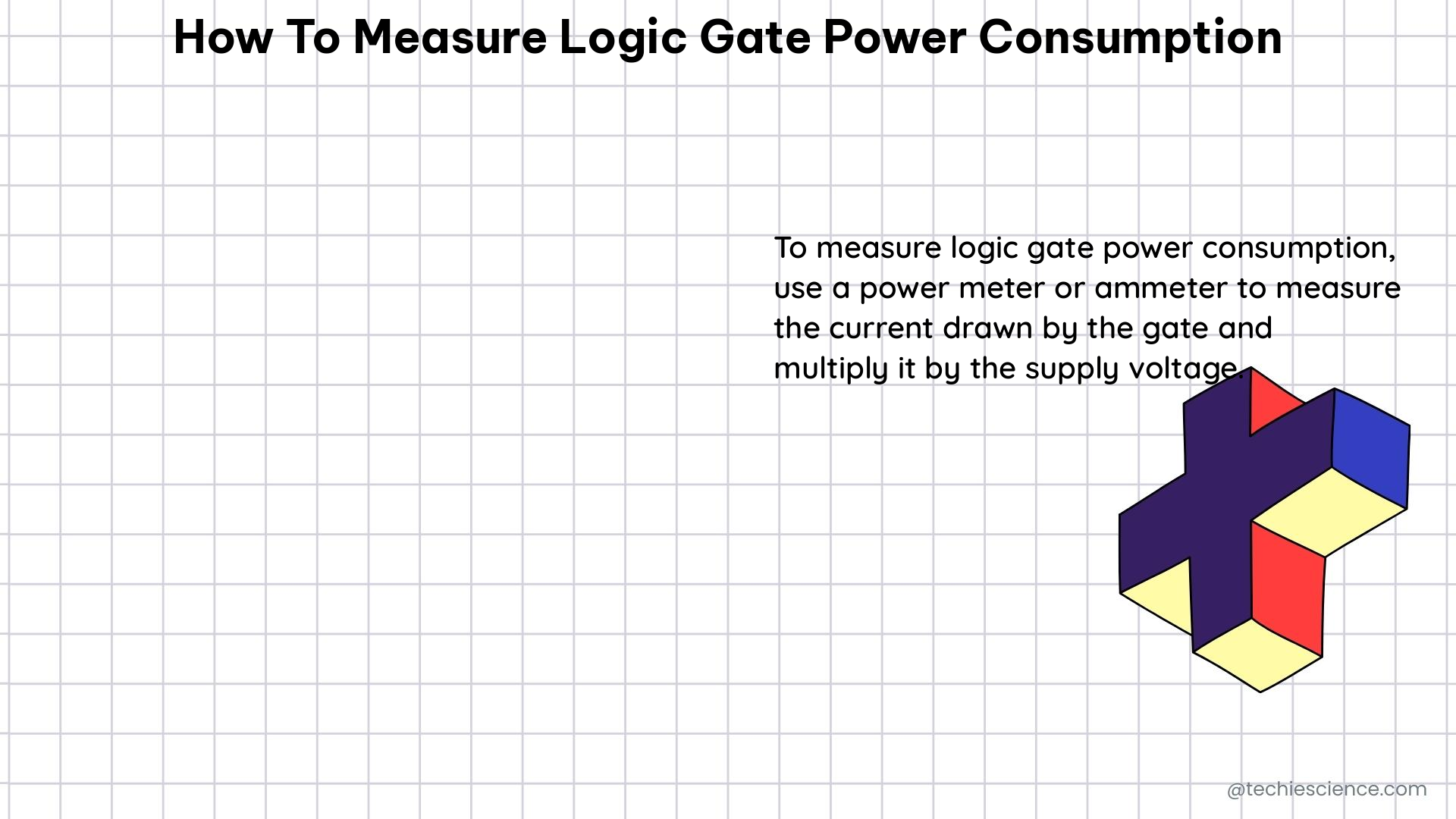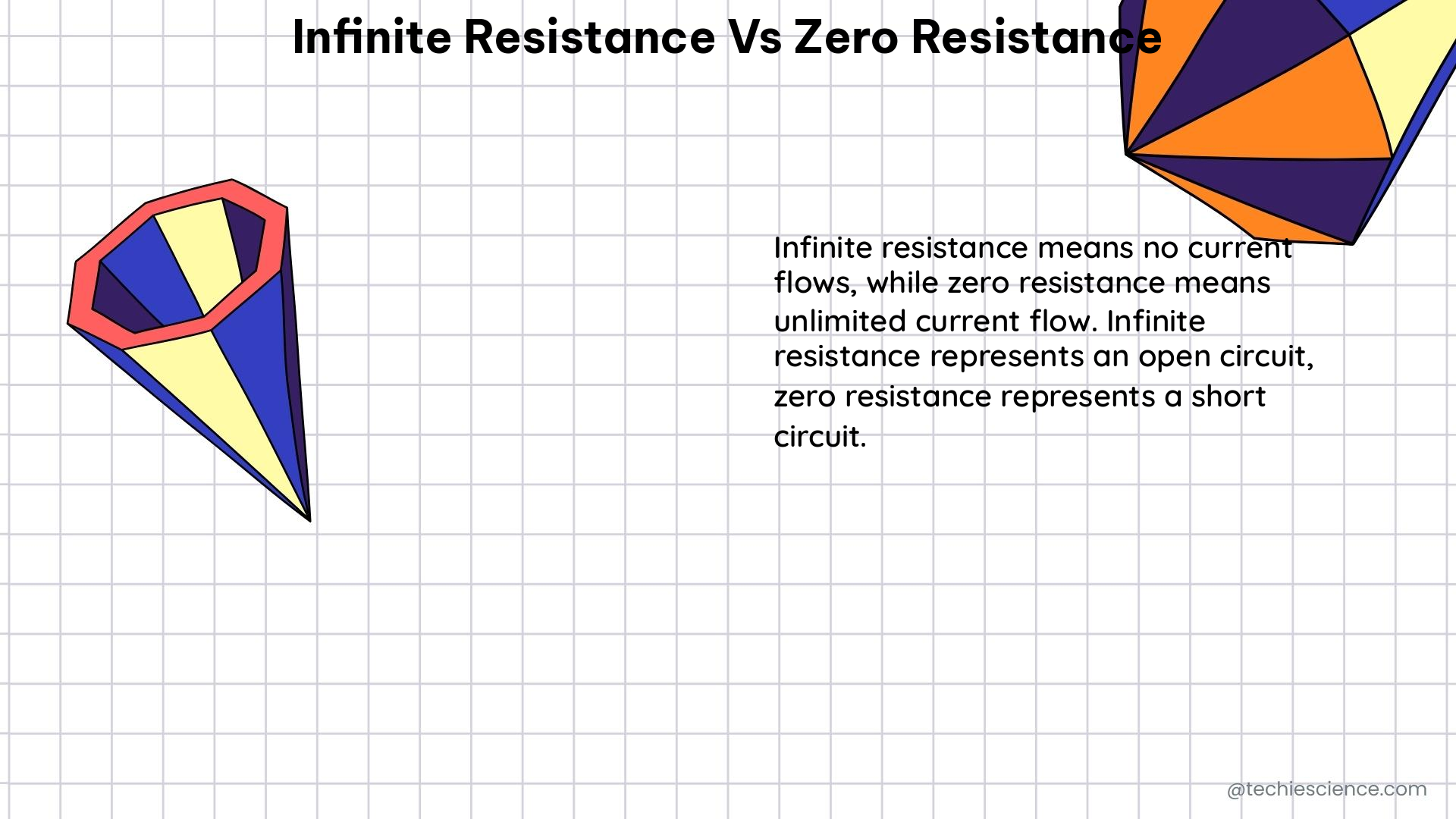This article discusses about bending strength of steel. Bending strength is the ability of a material to resist or withstand the bending stress applied.
Strength is ability to withstand or resist a particular amount of stress. A material has a particular amount of strength, only that much stress it can withstand. Any amount of stress which exceeds the strength can lead to material failure. Simply put, the applied stress should be lesser than the strength of the material for minimizing failure.
What is bending strength?
Bending strength or flexural rigidity is the ability of a work piece to withstand bending stress. The flexural strength depends on the failure load, effective length of the work piece and the dimensions of the cross section of the beam.
Mathematically the bending strength is given as-
σb = M.y/I
where,
sigma is bending strength or maximum allowable bending stress that can be applied before fracture
M is the bending moment
I is the moment of inertia of the cross section of the work piece
What is bending stiffness?
Bending stiffness and bending strength are not same. As discussed above, bending strength is the ability of the work piece to withstand a given amount of bending stress.
On the other hand, bending stiffness tells the amount of deflection the work piece will undergo under a given amount of bending stress. The bending stiffness depends on moment of inertia of cross section the work piece and the modulus of rigidity of the material of work piece.
Mathematically, bending stiffness can be given as-
Bending stiffness = E x I
Where, E is the Young’s modulus or modulus of rigidity
I is the moment of inertia of the cross section of the work piece
Bending strength of stainless steel
The bending strength not only depends on the material but the dimensions of the work piece too. The table below shows the bending strength of a stainless steel bar.
| Base metal | Bending strength (MPa) |
| 700 W | 267 |
| 700 F | 817 |
| 900 W | 750 |
| 900 F | 633 |
Data Source: Investigation on Mechanical Properties of Austenitic Stainless-Steel Pipes Welded by TIG Method – Scientific Figure on ResearchGate. Available from: https://www.researchgate.net/figure/Mechanical-properties-of-the-base-steel-and-four-steel-welded-pipes_tbl1_329360548 [accessed 22 Jan, 2022]
Bending strength of steel pipe
Steel pipes are used at a large scale in industries. It is very important to know the physical properties of steel pipe and the behaviour of these pipes under different types of loads.
Bending strength of steel pipe can be found using the formula given below-
σ = 32MD/π(D4-d4)
where,
D is the outer diameter of pipe
d is the inner diameter of pipe
Pipe is simply a hollow cylinder.
Bending strength of steel plate
Let us assume a steel plate having a depth d and breadth b. The permissible load acting it is P.
The bending strength of this steel plate is given by following-
σ = 3M/bd2
Plate has a rectangular cross section where,
b is the breadth
d is the depth of rectangle
M is the bending moment
Bending strength of steel rod
Steel rods are widely used in construction industry for reinforcement purpose. They are used in aircrafts as well. To avoid construction failure, it is very important to know the mechanical properties of rods being used.
Let us consider a steel rod of diameter d. The bending strength can be given by the following formula-
σ = 32M/πd3
Bending strength of steel bar
Let us assume a circular steel bar of diameter d having permissible force value P. Then the bending strength formula for steel bar will be same as that of steel rod.
The bending strength of steel rod is discussed in above sections.
Bending strength of steel channel
Let us consider a “I” steel channel as shown in the figure below.

To find the moment of inertia of the entire cross section, we add the individual moment of inertia of the parts A, B and C.
The bending strength of this channel can be written from the basic formula. That is,
σb =M.y/I
Bending strength of steel square tube
Square tube is simply a hollow square cross section tube. These tubes are used in construction industry and interior designing. It is very important to know the bending strength of square tube before taking into use.
The section modulus of a square tube can be given by-
σ = bd3/3
Hence the bending strength becomes,
σ = 3M/ bd3
How to calculate bending strength of steel
Bending strength can be found using flexural test. Flexural tests can be performed with a single axial load, three point loading set up and four point loading set up.
Let us consider a three point set up. The given data for the set up is given below-
The work piece is a rectangular bar having breadth of 10cm and depth of 10 cm. The length of the bar is 1m and the load at failure is 10kN.
To find the bending strength of in a three point flexural test, following formula is used-
σ = 3FL/ 2bd2
Substituting all the values in above formula we have,
Bending strength= 15 MPa
How to calculate yield strength of steel
Yield strength of any material can be found using a tensile test on universal testing machine. The machine pulls the work piece from its ends and provides us with a stress strain graph from which we can easily make out the tensile strength of the material.
Let us consider the given data-
Load at failure- 5kN
Area of cross section- 1mm^2
The yield strength can be calculated using the formula-
Syt = P/A
Substituting the values in above equation we get,
Yield strength= 500Mpa
The diagram obtained from this test is commonly called as stress strain diagram.
Stress strain diagram
The graph which shows relationship between stress and strain is called as stress strain diagram.
This graph gives information like yield point, proportional limit, fracture point and ultimate tensile strength of the specimen. This diagram makes it easy to measure the mechanical properties of the specimen.

